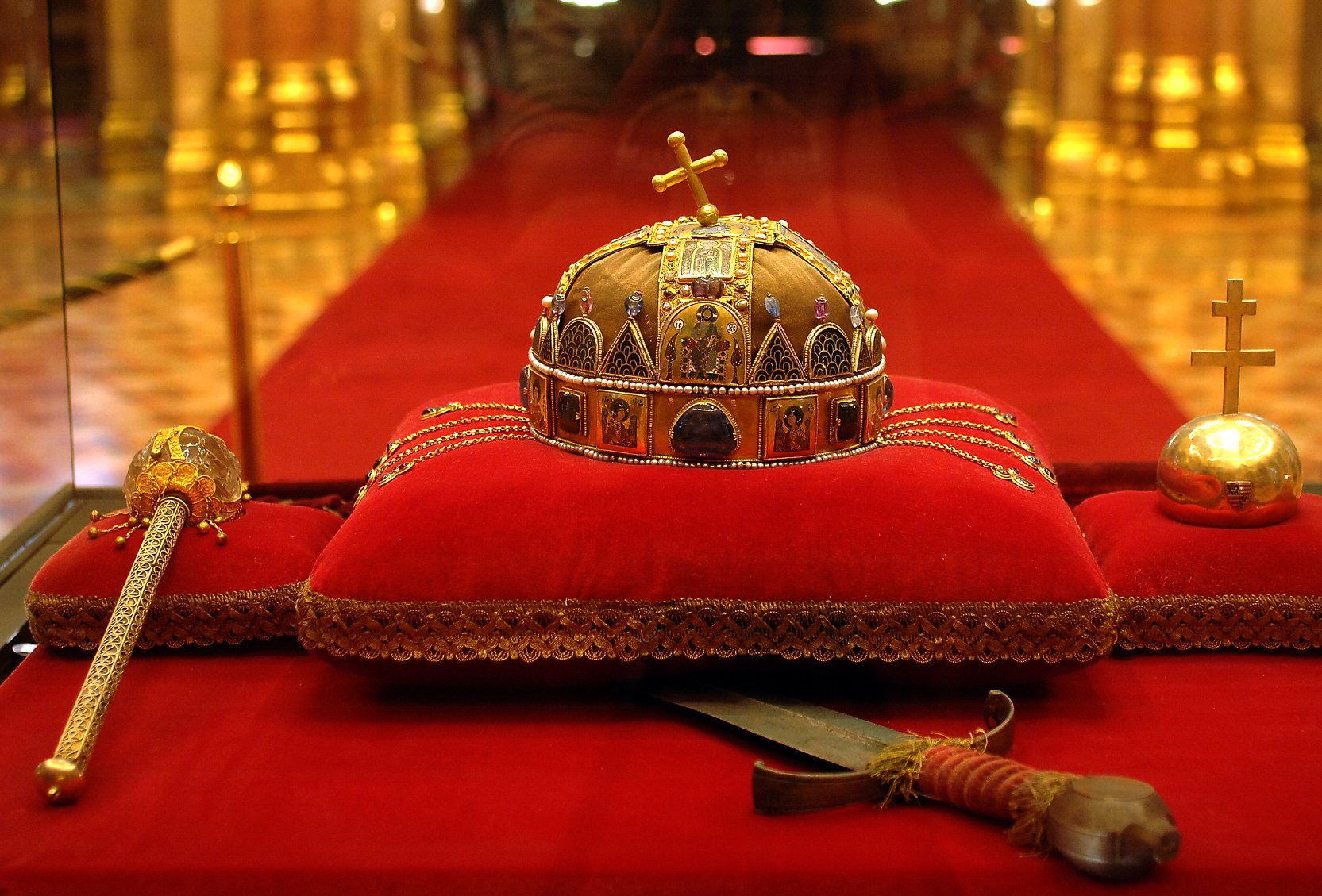Get to know the national symbols of Hungary!
Hungary is a beautiful European country with rich culture and traditions. Read our article to find out more about the national symbols.
Coat of arms of the Republic of Hungary
The coat of arms is a pointed, impaled shield. The right side consists of a silver double cross on red base, situated inside a small golden crown, which is placed on the middle heap of three green hills. On the left side, one can find the so-called Árpád stripes, four silver and four red stripes. The top of the shield features the Hungarian Holy Crown. According to the Hungarian Catholic tradition, the double cross is a sign of the Apostolic Kingdom of King St. Stephen.
The coat of arms can be found for example:
- on the cover of the Fundamental Law of Hungary
- on the building of the Parliament
- on the Liberty Bridge


National flag of Hungary
Hungary’s national flag has developed over a long period of time. According to the chronicles, the Hungarians fought under red flags decorated with turul birds. Soon, these were replaced by images of saints. Later, the red-silver banded flag became the custom. Although from the 16th century onwards, the red-silver-green trio appeared more frequently, only the law in 1848 requires the use of the colors “red-white-green”. The three colours represent three virtues: red is for strength, white is for faithfulness and green is for hope.


The Holy Crown
The exact circumstances of the creation of the Holy Crown are still unknown, as there are no written documents about it. According to tradition, the crown was given to Saint Stephen by the Pope on the occasion of his coronation around 1000. The Holy Crown weighs about 2 kg and consists of two main parts: the lower tire, and a top made of darker gold from cross straps. The crown and the coronation insignia were taken to the U.S. after World War II and were eventually returned to Hungary in 1978. Now, they are on display in the Parliament building in Budapest.

The National Anthem
The text of the Hungarian national anthem was written in 1823 by Ferenc Kölcsey, one of the greatest Hungarian poets of the Reform Age. Later, Ferenc Erkel composed the music for the anthem. As for the meaning of the text, it is an emotional representation of Hungarian historical struggles and hopes for the future. Although it might sound pessimistic at first, some people rather see the confidence for the future in it.
Listen to the National Anthem below:
Source: nemzetijelkepek.hu, orszaghazkonyvkiado.parlament.hu, studyinhungary.hu







Szép